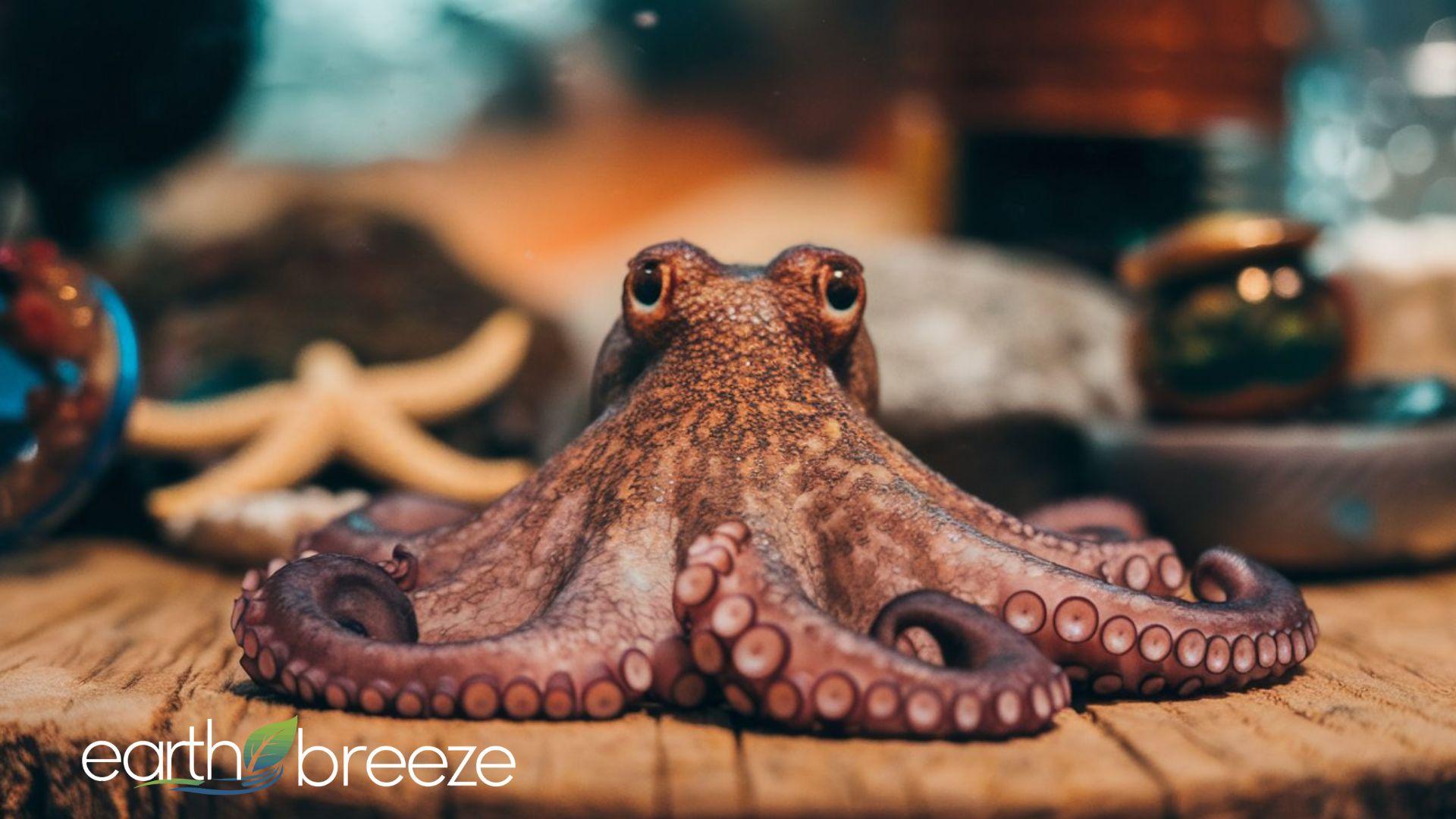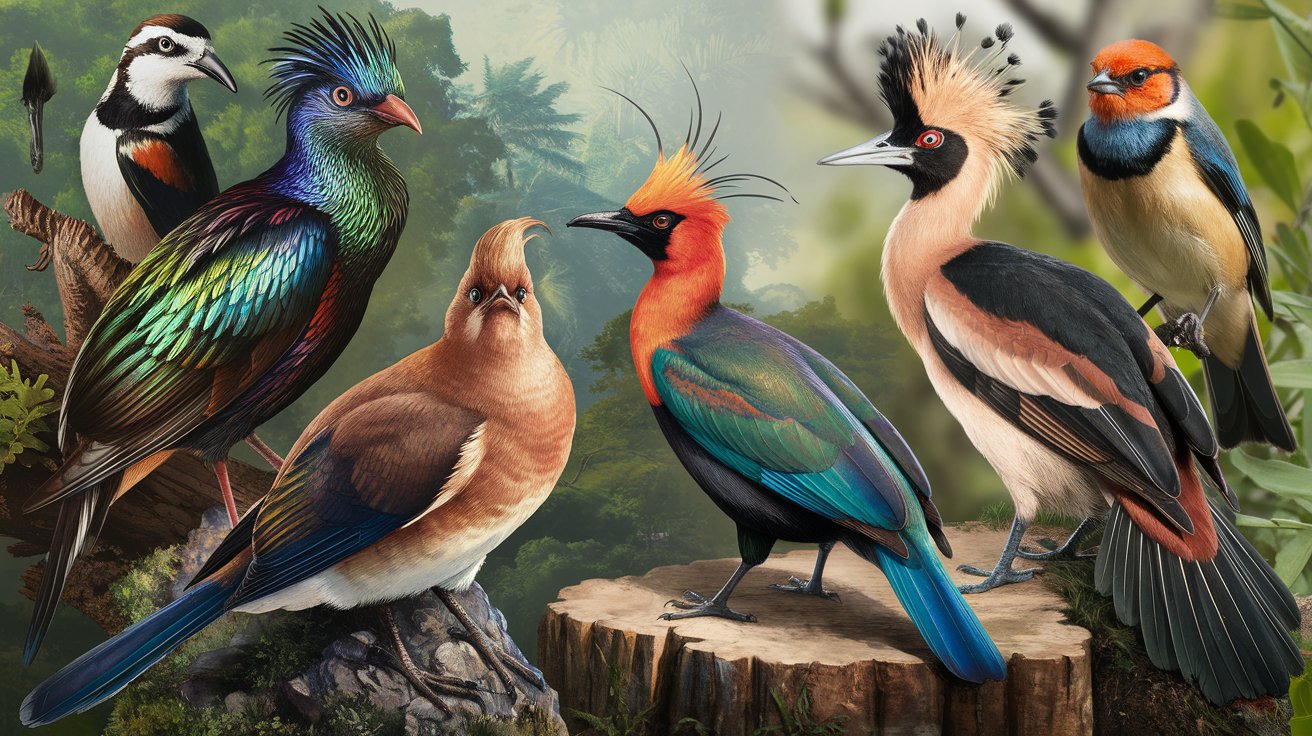The octopus is one of the most extraordinary creatures in the ocean. Known for its intelligence, problem-solving abilities, and even escape artistry, this marine marvel boasts a biology unlike any other. One of its most intriguing features is its brain—or rather, brains. That’s right—octopuses don’t have just one brain. So, how many brains does an octopus have, and how do they work? Let’s dive into the science behind this fascinating feature.
1. The Octopus Nervous System: How Many Brains Does It Have?
An octopus has nine brains:
- One central brain is located between its eyes in the head. This brain handles complex tasks, decision-making, and learning.
- Eight smaller “mini-brains” are located in each of its arms. These are technically clusters of nerve cells, or ganglia, that act as semi-autonomous brains.
Together, these nine brains make the octopus one of the most unique and intelligent animals on the planet.
2. How Do the Octopus’s Brains Work?
The central brain and the eight-arm brains work together particularly:
a. The Central Brain
- The central brain processes sensory input and controls high-level behaviors, such as problem-solving, camouflage, and decision-making.
- It coordinates complex movements and decides when to engage in specific activities, like hunting or hiding.
b. The Arm Brains
- Each arm’s brain contains about 40 million neurons and operates semi-independently of the central brain.
- This allows the arms to move, sense, and even “think” on their own. For example, an arm can explore a crevice or grab prey without direct commands from the central brain.
- Remarkably, the arms can even function for a short time after being severed, showcasing their independence.
3. Why Does an Octopus Need So Many Brains?
The octopus’s distributed nervous system is an evolutionary adaptation that allows it to excel in its environment:
- Efficient Multitasking: With brains in each arm, the octopus can perform multiple tasks at once, such as manipulating objects with one arm while using others for support or sensing its surroundings.
- Enhanced Problem-Solving: The arm brains give the octopus an advantage in problem-solving and flexibility, enabling it to escape predators, find food, and navigate its complex underwater world.
- Camouflage and Movement: The arms’ autonomy allows for precise, coordinated movements needed for tasks like changing color, texture, and shape to blend into the environment.
4. Octopus Intelligence: A Marvel of the Animal Kingdom
With roughly 500 million neurons, the octopus is considered one of the smartest invertebrates. To put it in perspective:
- Humans have around 86 billion neurons, but most of an octopus’s neurons (over 60%) are located in its arms rather than its central brain.
- This neural arrangement allows the octopus to solve puzzles, navigate mazes, and even recognize individual humans.
Famous Examples of Octopus Intelligence:
- Escaping Aquariums: Octopuses are known for their ability to escape from enclosures by unscrewing lids or squeezing through tiny gaps.
- Tool Use: Some octopuses have been observed using coconut shells as shelters or digging with rocks.
- Learning by Observation: Octopuses can learn by watching other octopuses or even humans, a rare trait among animals.
5. Other Unique Octopus Features
In addition to having nine brains, the octopus has other extraordinary features that set it apart:
- Three Hearts: Two pump blood to the gills, while one pumps it to the rest of the body.
- Blue Blood: Octopus blood is copper-based (instead of iron-based like humans), giving it a blue color and helping it transport oxygen in cold, low-oxygen water.
- Regeneration: Octopuses can regrow lost arms, and the new arm functions just as effectively as the original.
6. Why Understanding Octopuses Matters
Studying octopuses helps scientists unlock mysteries about intelligence, evolution, and the nervous system. Their distributed nervous system offers insights into alternative ways brains can function, which could even inspire advancements in robotics and artificial intelligence.
Additionally, the octopus serves as a reminder of the importance of marine conservation. As their habitats face threats from climate change, pollution, and overfishing, protecting these incredible creatures is vital for preserving biodiversity in the ocean.
7. Fun Facts About Octopus Brains
- An octopus’s arms can “taste” and “smell” their surroundings, thanks to chemoreceptors in their suckers.
- Even if one arm is busy solving a puzzle, the other arms can act autonomously, hunting or exploring.
- Severed arms may continue reacting to stimuli for hours due to their independent neural activity.
The octopus is a creature of wonder, with its nine brains working together in harmony to make it one of the most adaptable and intelligent animals in the ocean. Its unique biology offers a glimpse into the diversity of life on Earth and reminds us of the endless mysteries our oceans hold.





